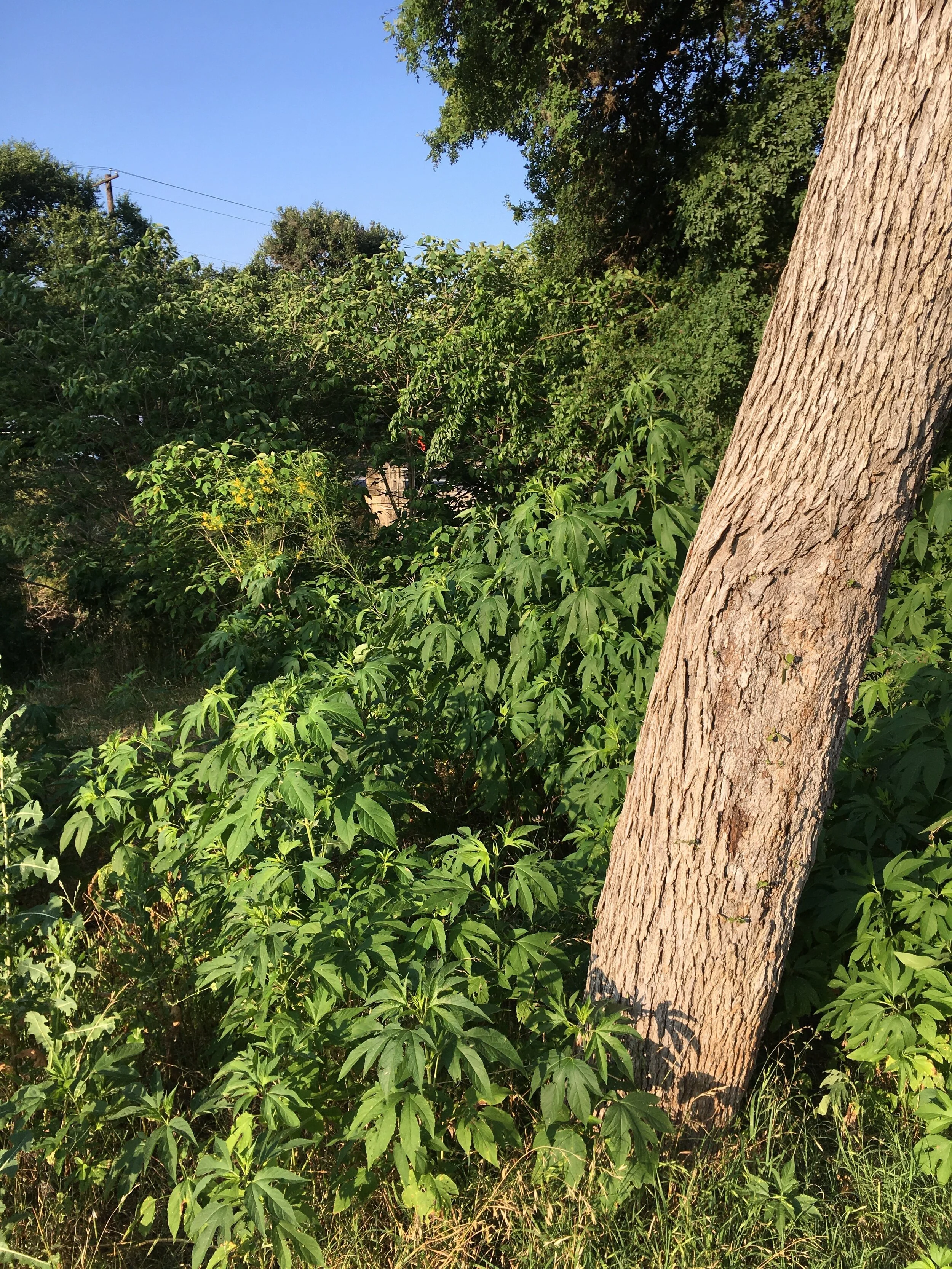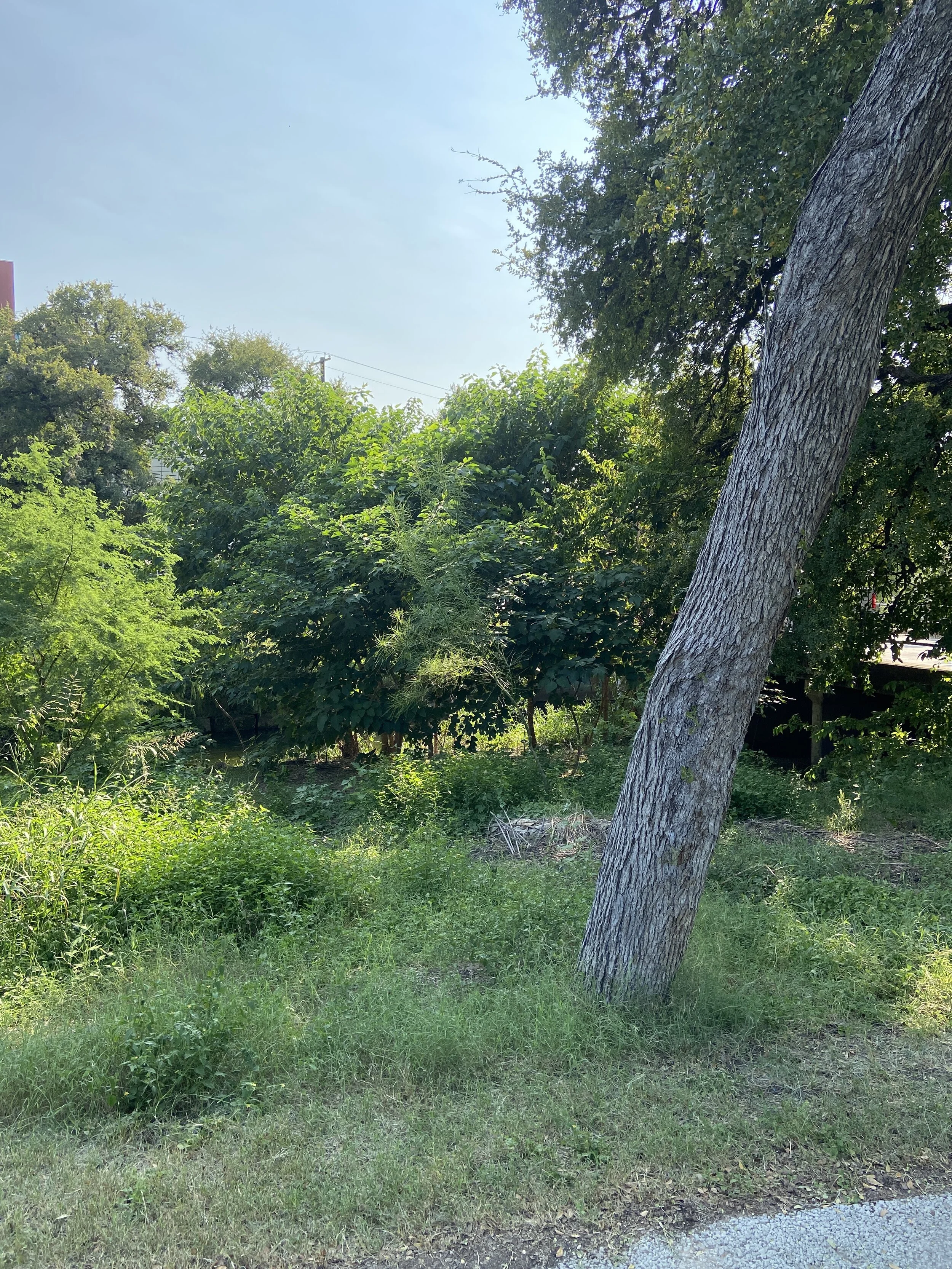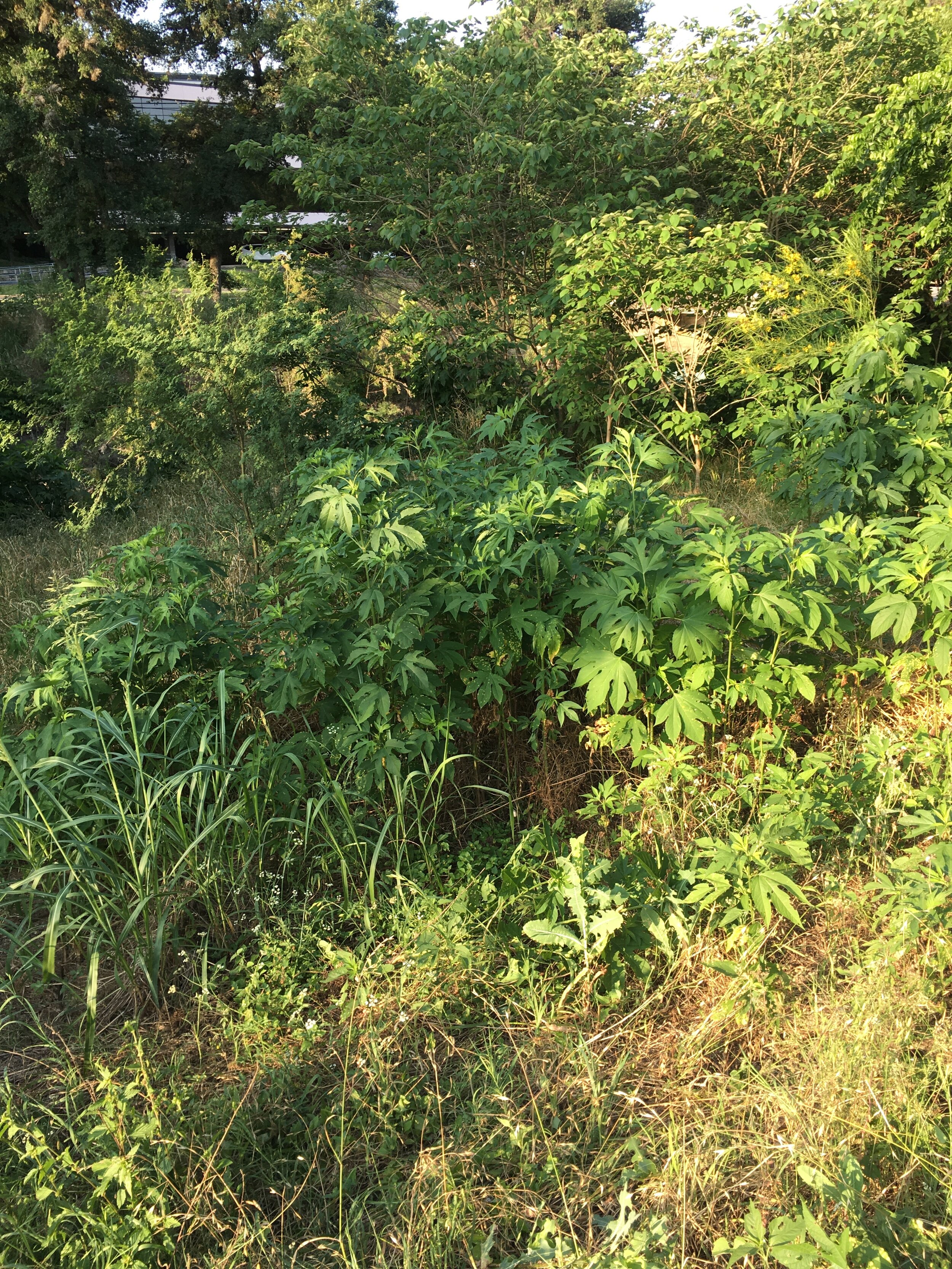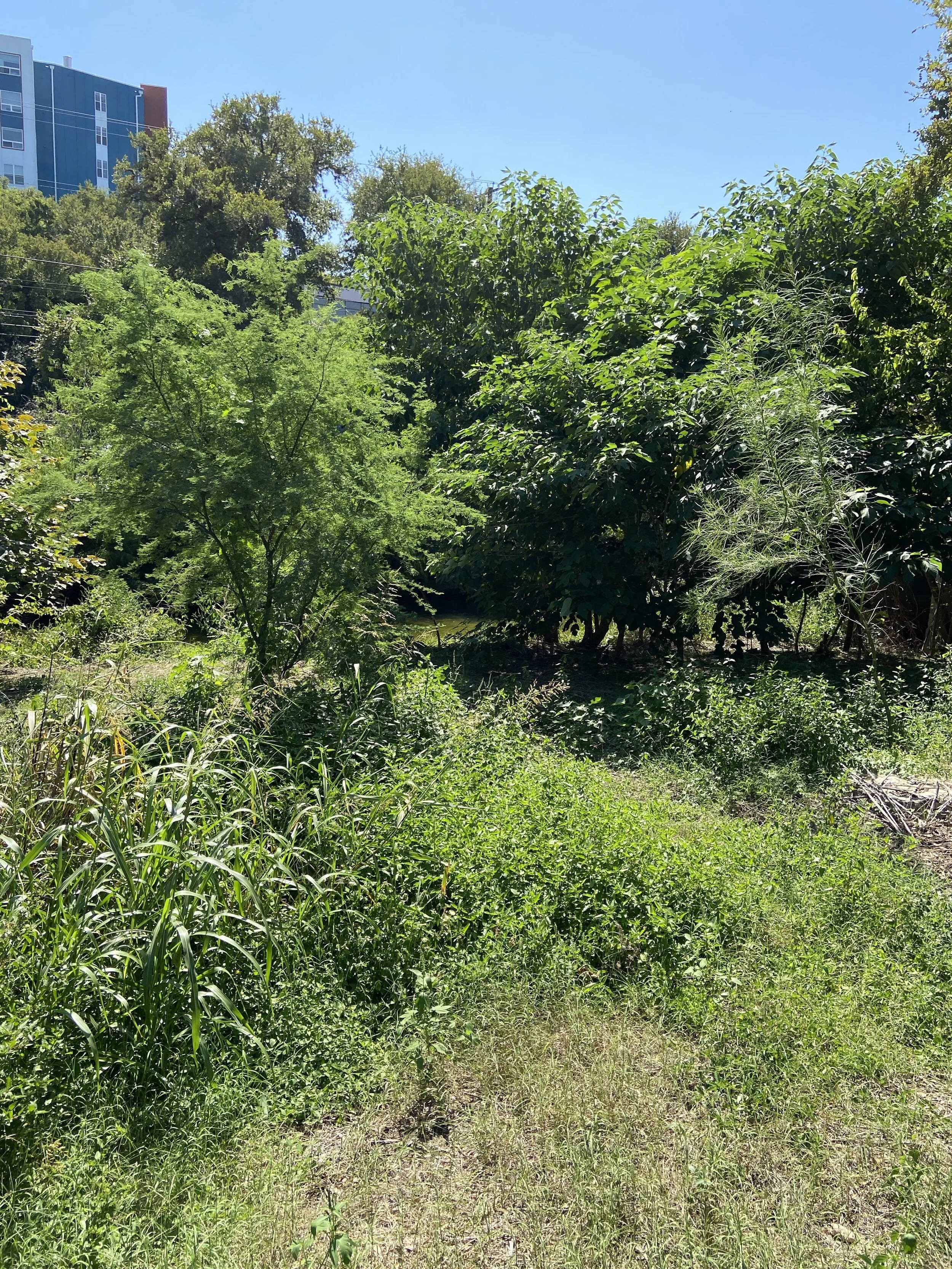As you may know, fall is the time of the year ragweed starts to go to seed and allergies start to pick up. Every year, countless volunteers help Pease Park Conservancy by pulling up and/or chopping down ragweed during our large volunteer events. However, such events were not possible this year due to COVID19 restrictions.
Ragweed overtaking the bikeway entrance. Picture taken before DIY.
While ragweed is still present in the park, we did manage to put a sizable dent in the ragweed population though our DIY Ragweed Program this summer. With the help of dedicated park-goers, some key areas of the park were cleared of the weed and opened back up.
An opened up bikeway entrance and rediscovered trees. Picture taken after DIY.
For example, in the meadow beside the bike path south of 24th Street, in the off-leash dog park at Gaston Avenue, and along the banks of Shoal Creek at Lamar Terrace, thousands of ragweed plants were chopped down, often revealing trees and other small plants that had been out-competed for water, nutrients, and sunlight.
An oak tree in the dog park, surrounded by ragweed. Picture taken before DIY.
An oak grove, east of Live Oak Meadow. Picture taken before DIY.
The same oak tree, free of ragweed. Picture taken After DIY.
An oak grove, east of Live Oak Meadow. Picture taken after DIY.
We want to thank the dedicated volunteers who came out in lieu of formal volunteer events and helped push back the ragweed sprawl. Without your help, many of these areas would still be consumed by ragweed today. Going forward, the Conservancy will continue our efforts to reduce ragweed and replace it with more desirable native species of plants and grasses.
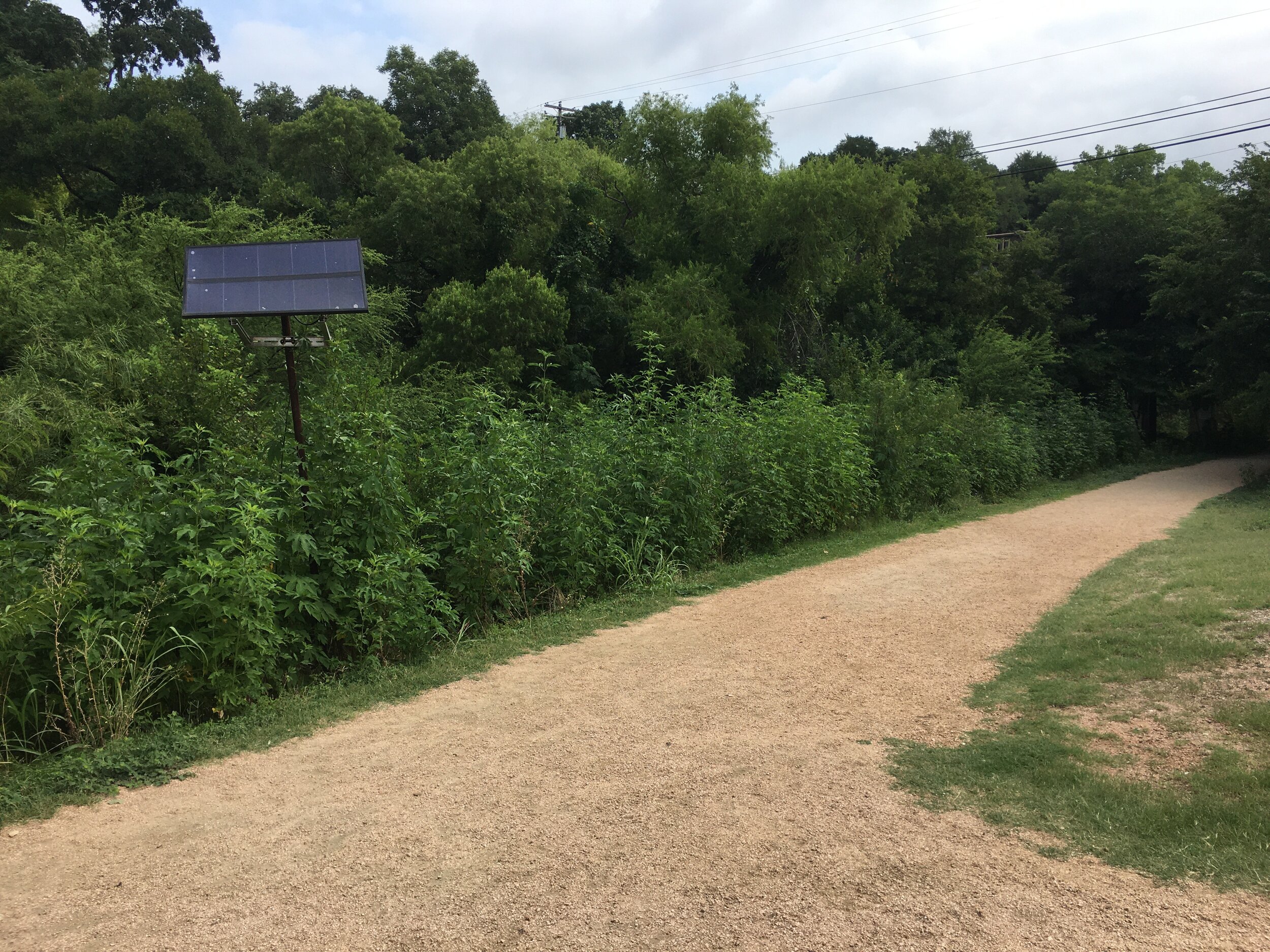
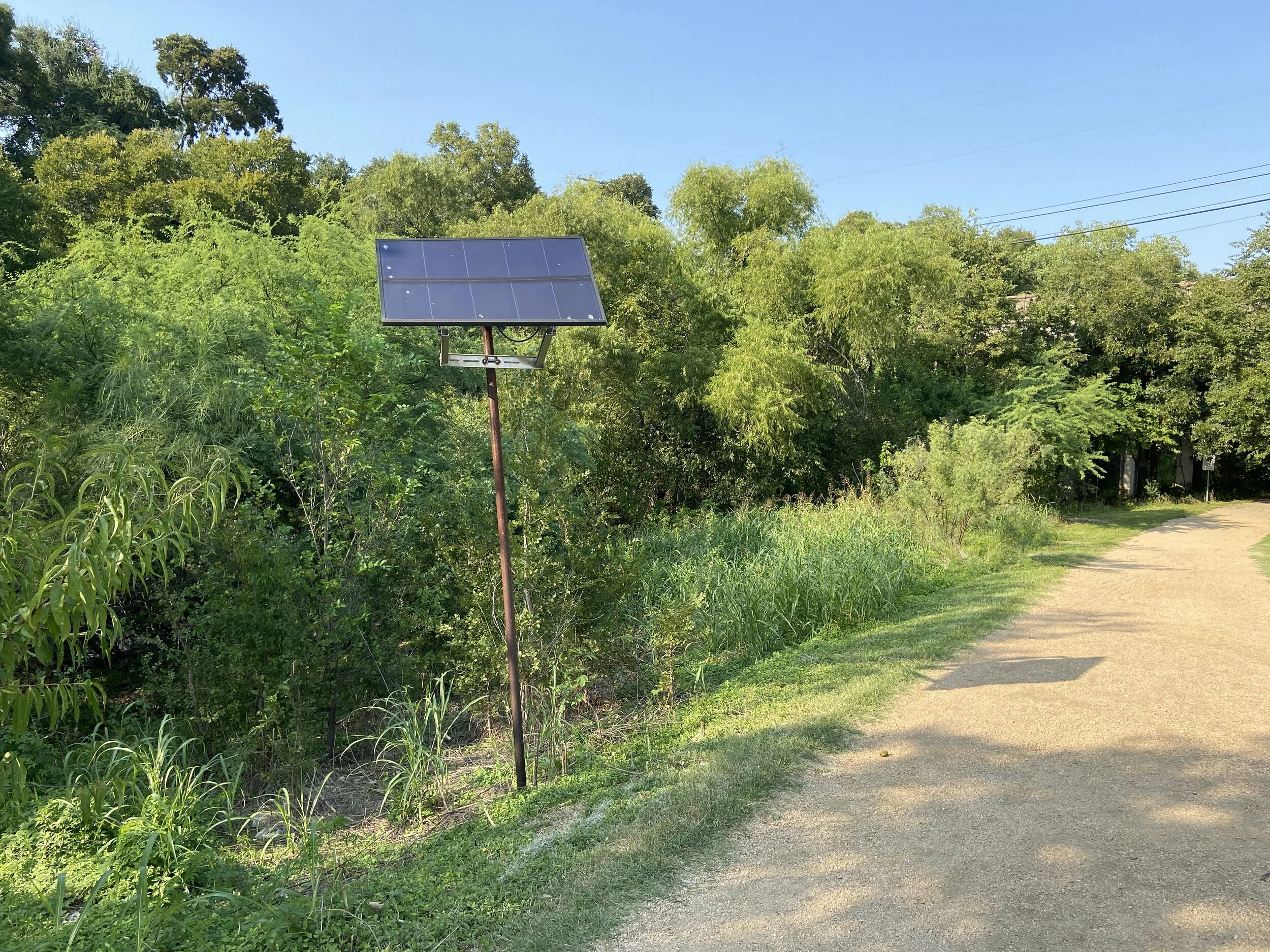
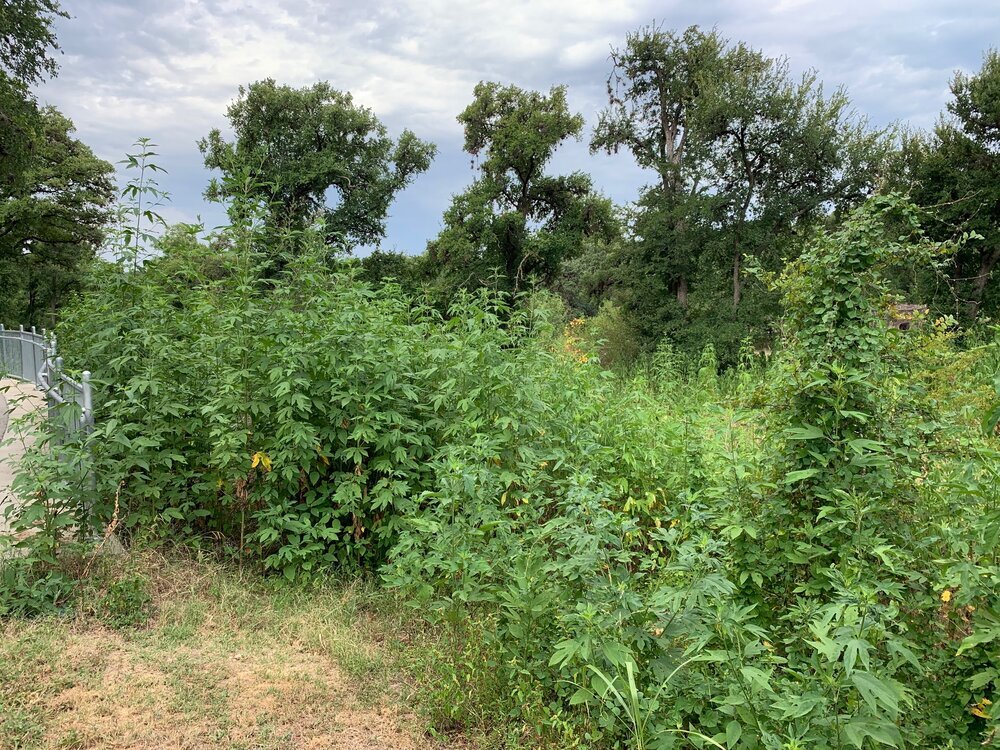
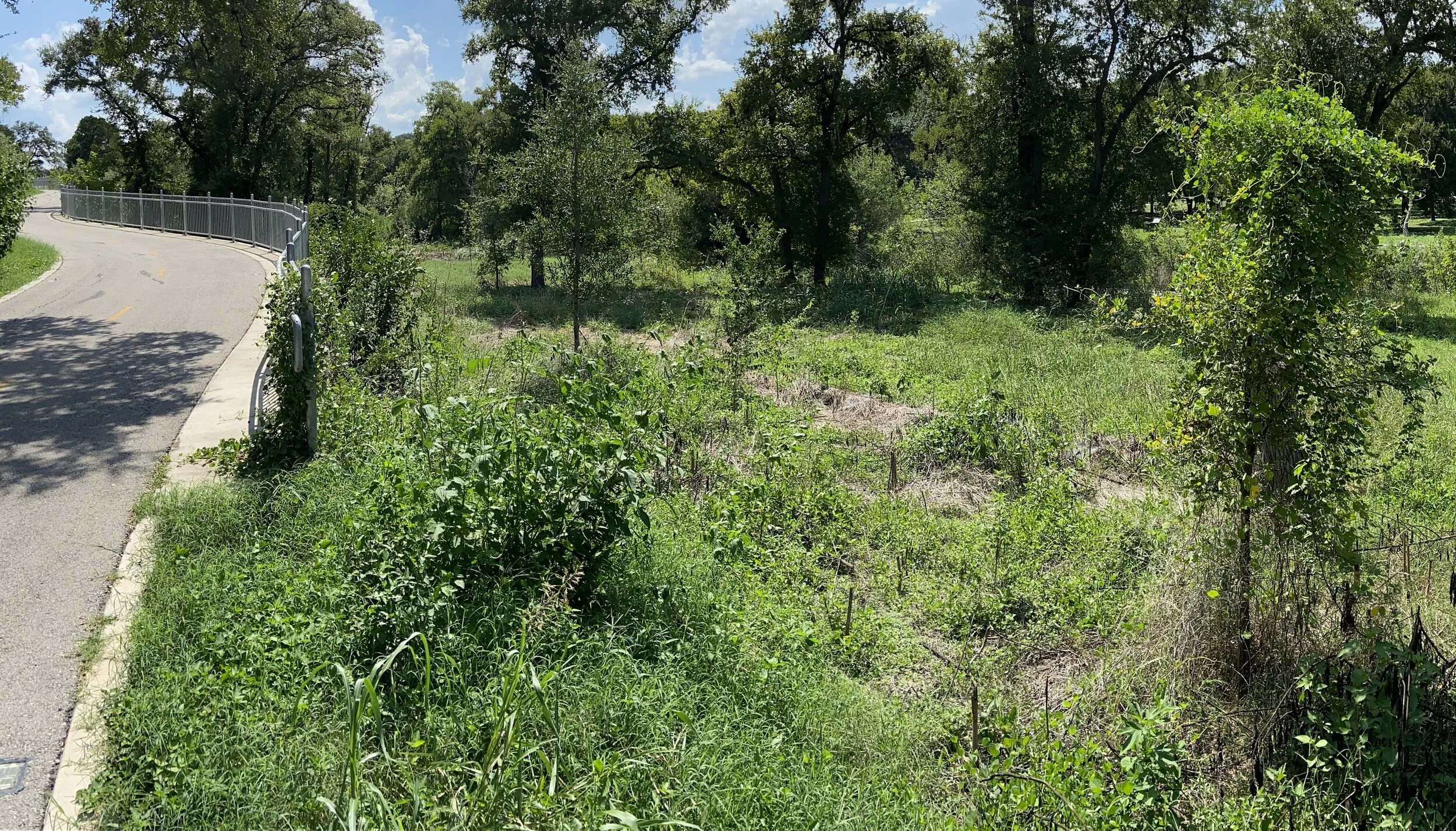
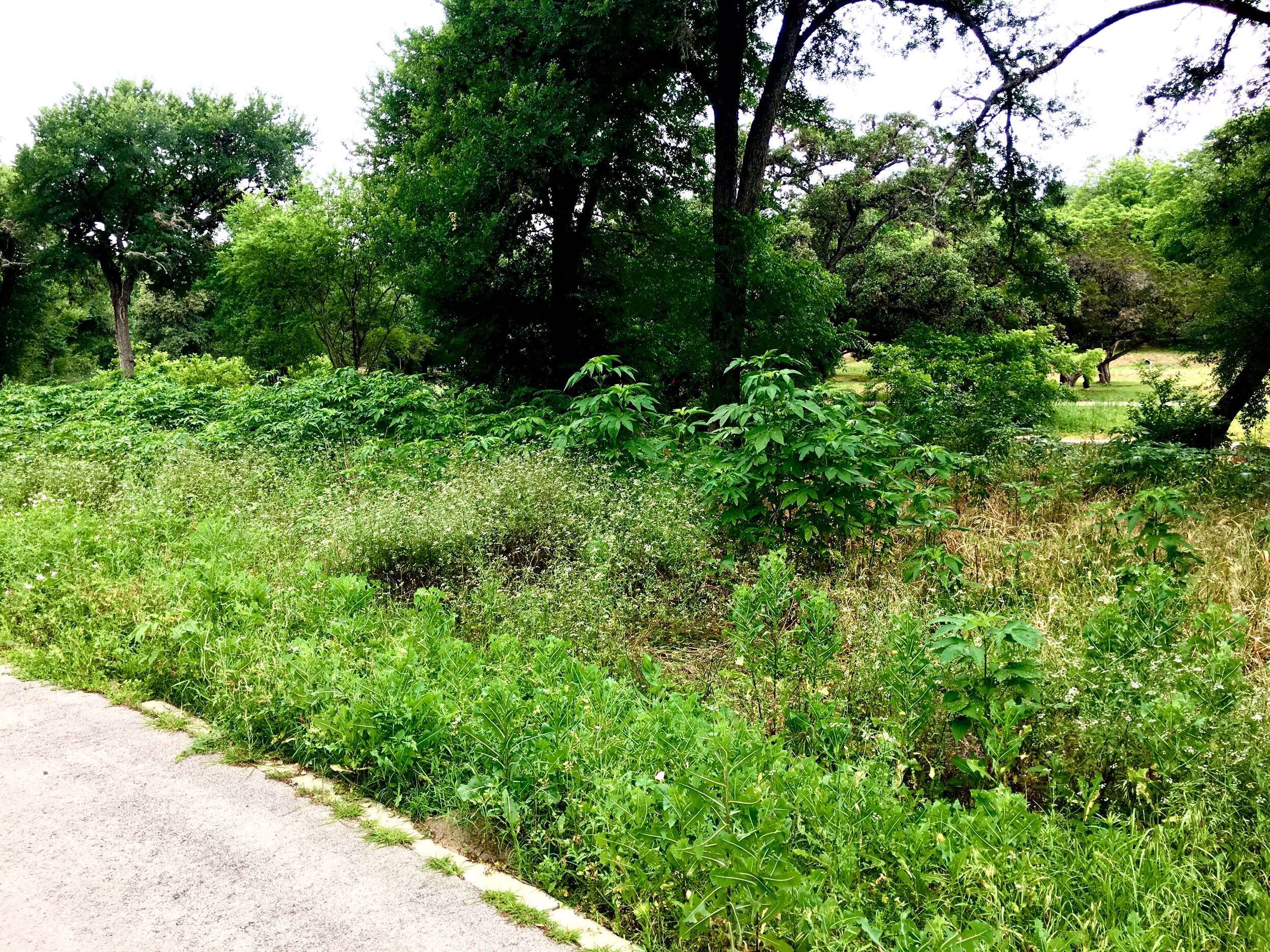
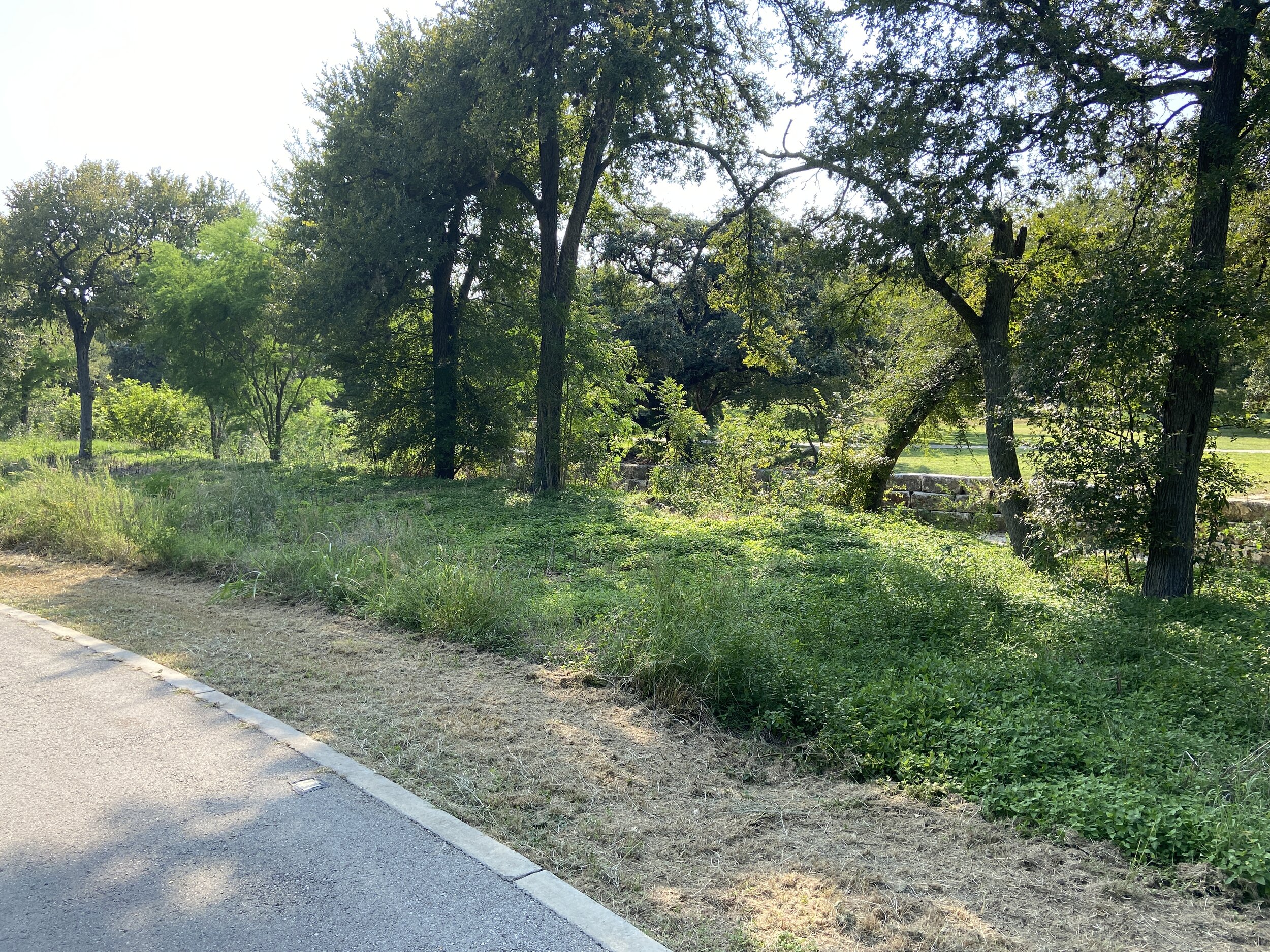
Before and after gallery of the DIY project.




